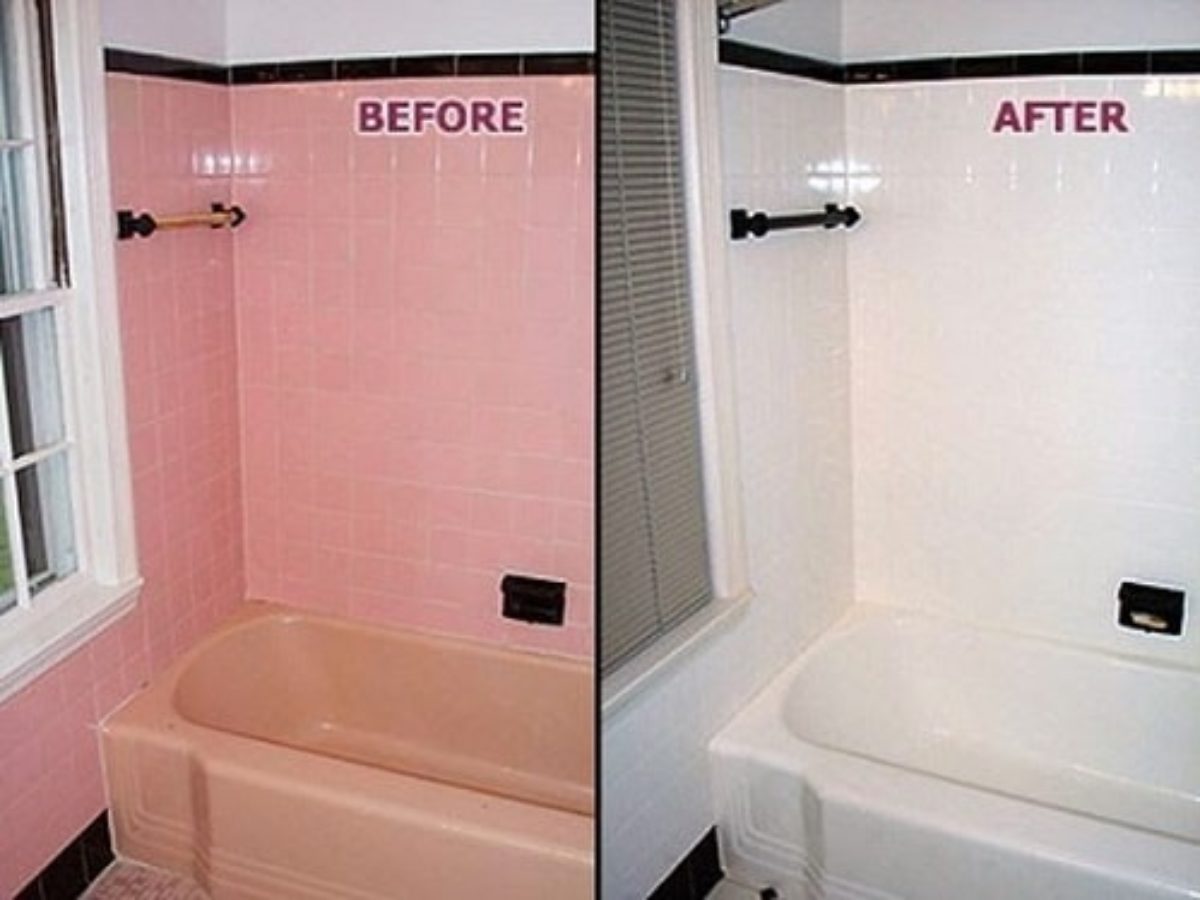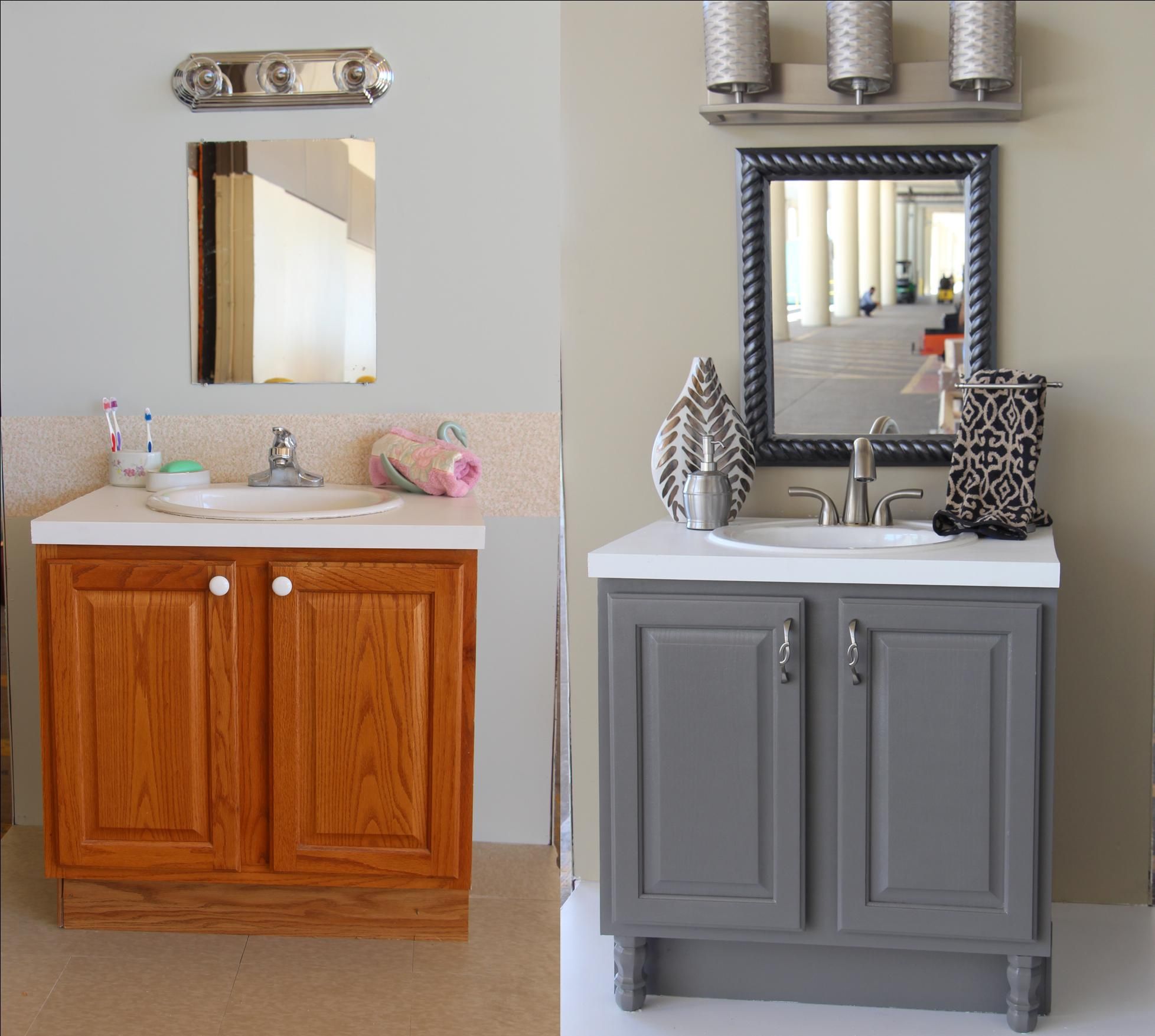Choosing the Right Paint

Selecting the right paint for your bathroom is crucial for achieving a beautiful and long-lasting finish. Bathroom environments are particularly challenging due to high humidity, moisture, and frequent cleaning. The paint you choose should be able to withstand these conditions while providing a durable and aesthetically pleasing surface.
Factors to Consider When Choosing Bathroom Paint
When selecting paint for your bathroom, several factors come into play, including:
- Moisture Resistance: Bathroom paint must be able to resist the constant presence of moisture, preventing mold and mildew growth. Look for paints labeled as “moisture-resistant” or ” mildew-resistant.”
- Durability: Bathroom paint should be able to withstand frequent cleaning and scrubbing without chipping or peeling. Paints with a high scrub rating are ideal for bathrooms.
- Color: Choosing the right color can significantly impact the overall feel of your bathroom. Consider the size and lighting of the space, as well as your personal preferences. Lighter colors can make a small bathroom feel larger, while darker colors can create a more intimate atmosphere.
Types of Bathroom Paint
Different types of paint are available for bathroom use, each with its own advantages and disadvantages:
- Acrylic Paint: Acrylic paint is a popular choice for bathrooms due to its excellent moisture resistance, durability, and ease of application. It dries quickly and is available in a wide range of colors. Acrylic paints are also relatively inexpensive, making them a budget-friendly option.
- Latex Paint: Latex paint is another popular choice for bathrooms. It is water-based, making it easy to clean up. Latex paint is also breathable, allowing moisture to escape, which can help prevent mold growth. However, latex paint may not be as durable as acrylic paint, especially in high-traffic areas.
- Epoxy Paint: Epoxy paint is a highly durable and moisture-resistant option for bathrooms. It forms a hard, non-porous surface that is resistant to stains and chemicals. Epoxy paint is often used for floors and countertops but can also be applied to walls. However, epoxy paint can be more difficult to apply than acrylic or latex paint, and it may require professional installation.
Primer
Applying a primer before painting is essential for achieving a smooth, even finish and ensuring the paint adheres properly. Primers help to seal the surface, prevent stains from bleeding through, and provide a better base for the paint to bond to.
- Adhesion Primer: Adhesion primers are designed to improve the bond between the paint and the surface, particularly on surfaces that are difficult to paint, such as glossy tiles or metal.
- Moisture-Resistant Primer: Moisture-resistant primers are specifically formulated to prevent moisture from penetrating the surface, reducing the risk of mold and mildew growth. These primers are particularly important in bathrooms, where moisture is prevalent.
- Stain-Blocking Primer: Stain-blocking primers are designed to prevent stains from bleeding through the paint. This is particularly important if you are painting over a surface that has been stained with water, grease, or other substances.
Painting Techniques and Tips: How Do I Paint A Bathroom

Painting a bathroom involves a specific set of techniques and considerations to ensure a durable and aesthetically pleasing finish. Understanding the proper methods for applying paint to different surfaces, using the right tools, and employing specific tips can significantly enhance the outcome of your bathroom painting project.
Preparing the Bathroom for Painting
Proper preparation is crucial for achieving a smooth and lasting paint job. This includes cleaning, sanding, and masking the surfaces. Start by thoroughly cleaning the bathroom walls, ceiling, and trim to remove any dirt, dust, grease, or mildew. Use a mild detergent and warm water, and ensure the surfaces are completely dry before proceeding. For areas with mildew, use a mildew-killing solution before cleaning.
If the surfaces have imperfections like cracks, holes, or unevenness, use a spackling compound to fill them in. Once dry, sand the filled areas smooth with fine-grit sandpaper. Finally, mask off areas that you don’t want to paint, such as windows, doors, and fixtures, using painter’s tape.
Applying Paint to Walls and Ceilings, How do i paint a bathroom
When applying paint to walls and ceilings, use a roller with a nap length suitable for the surface texture. For smooth surfaces, a short-nap roller (1/4-inch) is ideal, while rougher surfaces benefit from a longer nap (3/8-inch or 1/2-inch).
Load the roller with paint by rolling it in the paint tray, ensuring it’s evenly coated but not dripping.
Start painting in a “W” pattern, overlapping each stroke slightly to ensure complete coverage. Use a paintbrush to cut in around edges, corners, and moldings. Apply thin coats of paint, allowing each coat to dry completely before applying the next.
Painting Trim
Trim, including baseboards, door frames, and window casings, requires a different approach. Use a high-quality angled brush with soft bristles to achieve clean and precise lines.
Load the brush with paint by dipping it into the paint can at a 45-degree angle, ensuring the bristles are coated but not overloaded.
Paint the trim in smooth, even strokes, following the grain of the wood. For intricate details or corners, use a smaller brush for better control.
Best Brushes and Rollers for Bathroom Painting
The choice of brushes and rollers depends on the specific painting task. Here’s a table outlining the best tools for different bathroom surfaces:
| Surface | Brush | Roller |
|—|—|—|
| Walls | 2-inch angled brush for cutting in | 9-inch roller with 1/4-inch nap for smooth surfaces, 9-inch roller with 3/8-inch or 1/2-inch nap for rough surfaces |
| Ceilings | 2-inch angled brush for cutting in | 18-inch roller with 1/4-inch nap for smooth surfaces, 18-inch roller with 3/8-inch or 1/2-inch nap for rough surfaces |
| Trim | 2-inch angled brush or 1-inch sash brush | N/A |
Tips for Achieving a Smooth and Even Finish
– Use a paint extender to thin the paint slightly for easier application and a smoother finish.
– Avoid overloading the roller or brush with paint, as this can lead to drips and uneven coverage.
– Maintain a consistent pressure while rolling or brushing to ensure a uniform paint application.
– Roll or brush in smooth, even strokes, overlapping each stroke slightly.
– Use a paint scraper to remove any excess paint from the roller or brush before applying it to the surface.
– Allow each coat of paint to dry completely before applying the next.
– Clean brushes and rollers immediately after use with soap and water or paint thinner, depending on the type of paint.
How do i paint a bathroom – Painting a bathroom can be a great way to refresh the space, and one key decision is whether to tackle the vanity. You can choose to stain or paint your bathroom vanity , which can give it a whole new look.
Once you’ve decided on the vanity, you can move on to the walls, ceiling, and trim, choosing colors that complement your overall design.
Painting a bathroom can be a great way to refresh the space, but you need to consider the unique challenges of this room. High humidity and moisture make it essential to use a mould resistant bathroom paint to prevent unsightly and unhealthy growth.
With the right paint, you can create a beautiful and functional bathroom that will last for years to come.